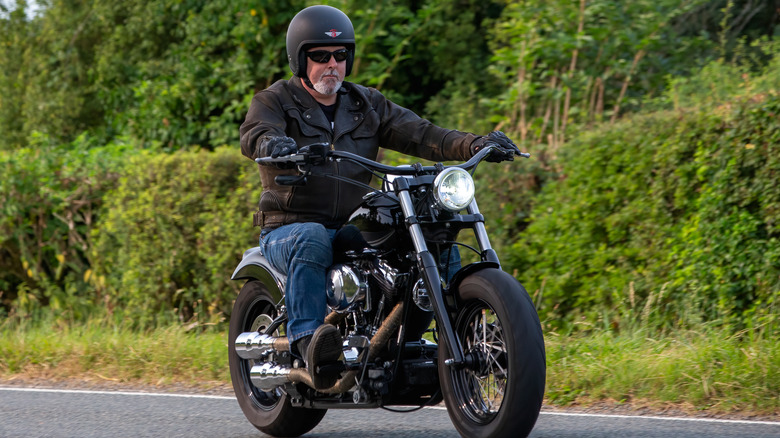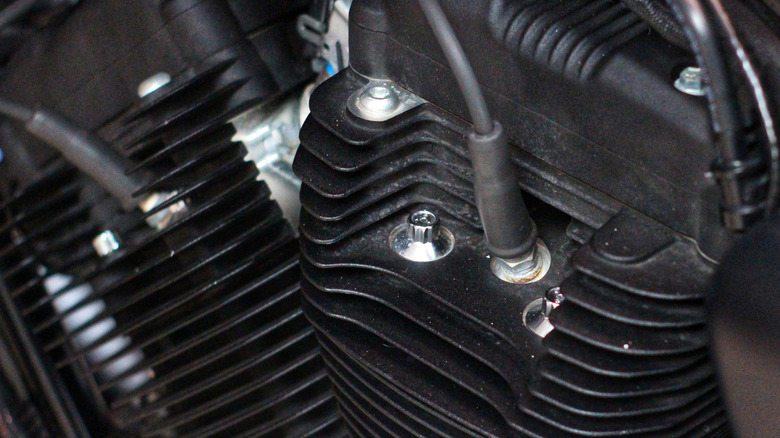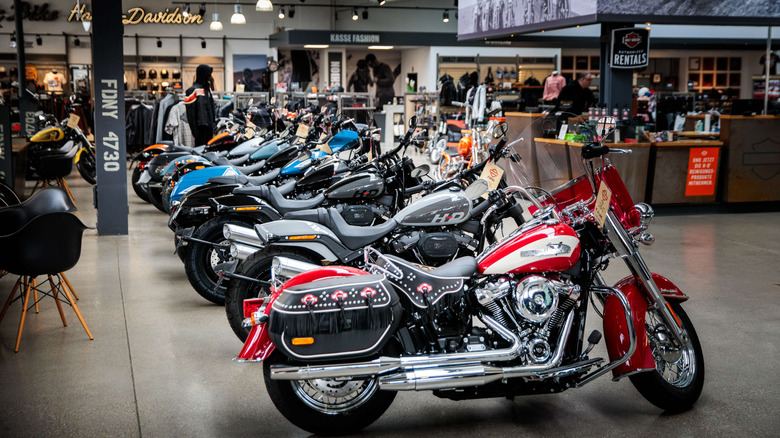When Did Harley-Davidson Switch From Carbureted Engines To EFI?
Harley-Davidson is a brand deeply tied to tradition, from its distinctive rumble to hands-on garage tuning. Carbureted engines were a part of that rugged image for decades. Owners loved tinkering with their motorcycles, feeling mechanically connected beyond the open road. By the late '90s and early 2000s, times were rapidly changing, thanks to stricter emissions laws both in the U.S. (EPA) and in Europe, squeezing manufacturers and forcing major changes on the development of newer vehicles.
Riders wanted a bike that started clean on cold mornings, cruised smoothly at altitude, and didn't require roadside choke pulls. That was everything electronic fuel injection (EFI) had to offer. The change wasn't simply about meeting regulations; Harley made the gradual shift to improve how its motorcycles performed, how owners could interact with them, and how the company could innovate. Looking back, it marked one of the biggest turning points in Harley's modern era.
From first experiments to the full rollout of EFI
The change to EFI didn't happen overnight, Harley-Davidson rolled out the technology over more than a decade. EFI was initially an optional configuration in 1995 for the Electra Glide Ultra Classic. The aim was to help touring riders who ate up long miles enjoy smooth cruising through big elevation changes.
Then, in 2001, EFI expanded to the Softail lineup, slowly transitioning urban riders into the new tech. The last phase came in 2007, when the brand made EFI standard on all Big Twin engines, saying goodbye to carburetors for good. Even the beloved Sportster lineup soon followed suit.
Why such a slow rollout? EFI systems were still maturing, costs needed to come down, and die-hard enthusiasts weren't ready to leave their beloved carbs behind. Introducing the change bit by bit reduced any backlash, and helped work out kinks along the way. This deliberate path helped the company balance its legendary history with the inevitability of change and evolution.
Carb vs. EFI: Why the debate still rages
Many of loyalists believe Harley-Davidson's carbureted motorcycles represent the purest form of the brand's DNA, enabling owners to fine-tune fuel mixtures by ear, tweak jetting, and truly mess around with the bike's characteristics. They also give a raw, sometimes unpredictable character to the engine, delivering exactly what some riders want. On the flip side, EFI eliminated hard cold starts, altitude woes, and constant manual adjustments.
The perks of electronic fuel injection are smooth throttle response, better fuel economy, and fewer emissions. Another added benefit is that it adapts to changing conditions, something carburetors simply can't do. Even today, carburetor versus EFI debates still exist in online bike forums and garages everywhere. Some owners of newer EFI Harleys even pay to swap back to the original carbureted engines purely for nostalgia and mechanical ritual.
The switch to EFI didn't just solve the issues mentioned above; it set the foundation for Harley-Davidson's modern tech. Later innovations like ride-by-wire throttles, advanced torque curves, and customizable mapping became possible because of it. Touring bikes today are smoother, pull harder at low RPMs, and integrate with electronic rider aids without a hitch. None of this would be possible with carbs.
If you're in the market for a used Harley, the last carbureted Big Twins came in 2006. If you want the classic hands-on experience, that's your cutoff year. And if you're yearning for those old-school vibes, there are still plenty of shops that specialize in carb rebuilds and conversions.


